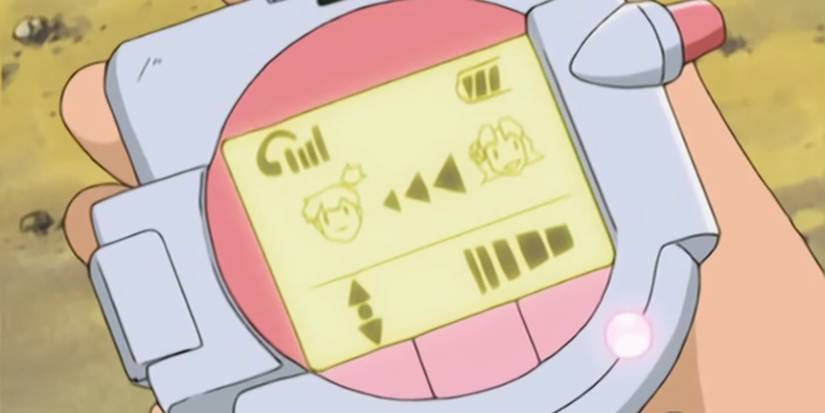The world of Pokémon has always embodied a blend of futuristic and retro elements, with numerous technologies surrounding Pokémon, including Poké Balls and storage systems, drawing from technologies that do not exist in real life. This is especially evident in the first season, where Ash frequently uses video calling stations at the Pokémon Center to contact both his mother and Professor Oak. These video calls resemble the methods used in today’s video calls, where the technology showcased seems incredibly advanced for its time.
Pokémon and the Future of Video Calling Technology


In Pokémon, while the video calling technology characters use is fictional, it is shown to have a real-time effect, as the video phone first appears early in the series and has since been updated in later seasons. Ash communicates directly with the screen without needing to fumble with any physical device. Moreover, the video phone is represented as a device that anyone can easily access.
It is clear that video calling technology has evolved far beyond what Pokémon predicted. Nowadays, almost everyone utilizes smartphones that are portable and convenient, rather than a specialized device, even if such devices exist in reality.
The concept of public video calling devices, like the ones seen in the Pokémon Center, never truly materialized, but one can imagine that they could have been a part of a larger adventure. In many situations throughout the Pokémon episodes, issues could easily be resolved with access to video calling technology at any time.
Pokémon Also Envisioned GPS Technology and More

Video calling is not the only futuristic technology in Pokémon’s narrative. The PokeGear, which appears in the second generation, is a multifunctional smart device with several valuable features, including the ability to make calls. The PokeNav, introduced in the third generation, functions like a GPS device.
However, Pokémon lags in incorporating smart phone technology, likely due to the reasons mentioned above, as they do not appear in the series until Pokémon Journeys, with the introduction of Rotom Phones, which feature the Pokémon Rotom inside.
It’s ironic to think of Pokémon as a series with futuristic elements, but at least in these instances, that understanding has lagged somewhat behind actual technological development. It’s not necessarily that Pokémon invented these concepts, but rather how they are represented in the series reflects quite clearly the technology being used in real life, and that is something that even science fiction series struggle to capture accurately.





















